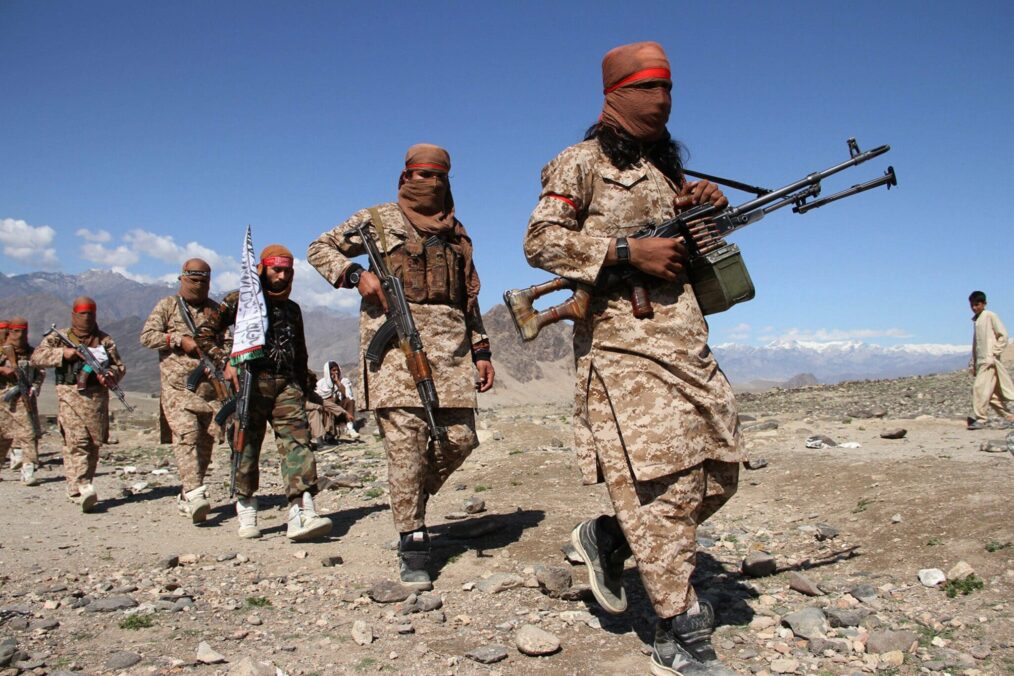Peaceful, full of life, resource-rich, and green are all features that were once attributes of the Niger Delta. The region, located in Nigeria, comprises a few states in its southern area. The region’s economic buoyance dates back to its pre-colonial days when it boasted of trade explorations extending beyond its borders. With such magnificent antecedents, expecting the Delta to attain far-reaching heights in infrastructural development at the least is not exactly out of place. Unfortunately, the rightful expectation is far from reality. Regardless of its several positive attributes and resources such as oil, the region remains underdeveloped; and continues to fall victim to challenges which worsen its state.
Why is the Region Important?
After almost half a century of exploration, the year was 1956, and oil was discovered in Oloibiri, Niger Delta. The discovery led Nigeria to join the ranks of oil-producing countries in 1958, with a production output of 5,100 barrels per day. Over the years, Nigeria continued to reach a significant record in its production output, recording up to 2.5 million barrels per day in 2004. With the discovery of oil in 1956, Nigeria, which had a vibrant agricultural sector, slowly began to overly focus on oil and gas at the cost of developing other potential industries.
According to the Nigerian National Petroleum Corporation, the body charged with covering the spectrum of all petroleum industry operations, the petroleum and gas industry accounts for about 90% of Nigeria’s gross earnings, though this figure has significantly reduced. Simply put, the oil industry is a significant player in Nigeria’s economy, and the Delta is home to this crucial resource.
Twenty-Six Years Ago
On November 10, 1995, Ken Saro-Wiwa, Saturday Dobee, Nordu Eawo, Daniel Gbooko, Paul Levera, Felix Nuate, Baribor Bera, Barinem Kiobel, and John Kpuine, commonly referred to as the Ogoni Nine, were hanged at a prison in Port-Harcourt under the military rule of Sani Abacha. These men were leaders of the Movement for the Survival of Ogoni People (MOSOP). The crimes of these men were that they demanded better environmental practices and oil revenue sharing for the region. The response was imprisonment and eventual execution.
The Movement for the Emancipation of the Niger Delta
In 2006, the Movement for the Emancipation of the Niger Delta (MEND) claimed responsibility for kidnapping four foreign workers in the region. MEND’s demands are very similar to those made by the Ogoni Nine, howbeit through a different means. The group expressed concern for environmental pollution, underdevelopment, and perceived unfair revenue sharing that belittles the oil-producing communities. The group’s continued attacks on oil facilities and oil workers impacted Nigeria’s economy significantly, reducing its oil outputs by one-third.
Overall, MEND has become a prominent militant organization posing significant challenges to oil production through its relentless efforts to undermine the oil industry in the Delta.
Truth or Imaginations
The continuing long-term struggle that has dominated the region for decades in various forms is not misplaced. Even though oil accounts for most of Nigeria’s earnings, making it the largest oil producer in Africa, the region bears significant environmental pollution.
In the last six years, the Nigerian Ministry of Environment has recorded an alarming 5,000 cases of oil spillages, with a record event occurring a few months ago. In November of last year, members of a community in the region where the devastating effect of a leaking wellhead had become unbearable held a protest. The leak, which began about a month before the demonstration, had continued to spread into nearby communities and extended into neighbouring states. Unfortunately, such cases are not uncommon and have left a lasting impact on the environment.
The environmental impact is multi-layered affecting lands, rivers, air quality, and income sources for residents. So devastating are these effects that accessing clean and safe water is nearly impossible. Unsurprisingly, the overall consequence is unequivocally visible in the significant difference in the life expectancy rate in the region, which is ten years lower in the Delta region in comparison to other parts of Nigeria.
Beyond the Obvious
Jonah Gembre, an activist from Iwhrekan, stated, “we were thinking the oil companies were coming to elevate us from poverty, but they only give us poverty, and the economy is dying.”
The statement above reveals the expectation of many others living in the region. Sadly, the reality is farther away from the desires of the Delta people. Another overwhelming disappointment that further makes their desires for change seem unrealistic is the rise and fall of emancipators, whose sole goal, it would seem, is self-enrichment.
A Blink of Hope
In January 2021, a Dutch court indicted a famous oil giant for spills in the region, ordering it to pay $111 million to affected communities. With the long history of exhaustion, frustration, and exploitation of the advocacy journey, January 2021 remains noteworthy to the people of the Niger Delta. Perhaps, there may be left, a remnant of truly devoted patrons that would bring to an end the critical dilemma of the region.
Joan McDappa, Counter-Terrorism Research Fellow


